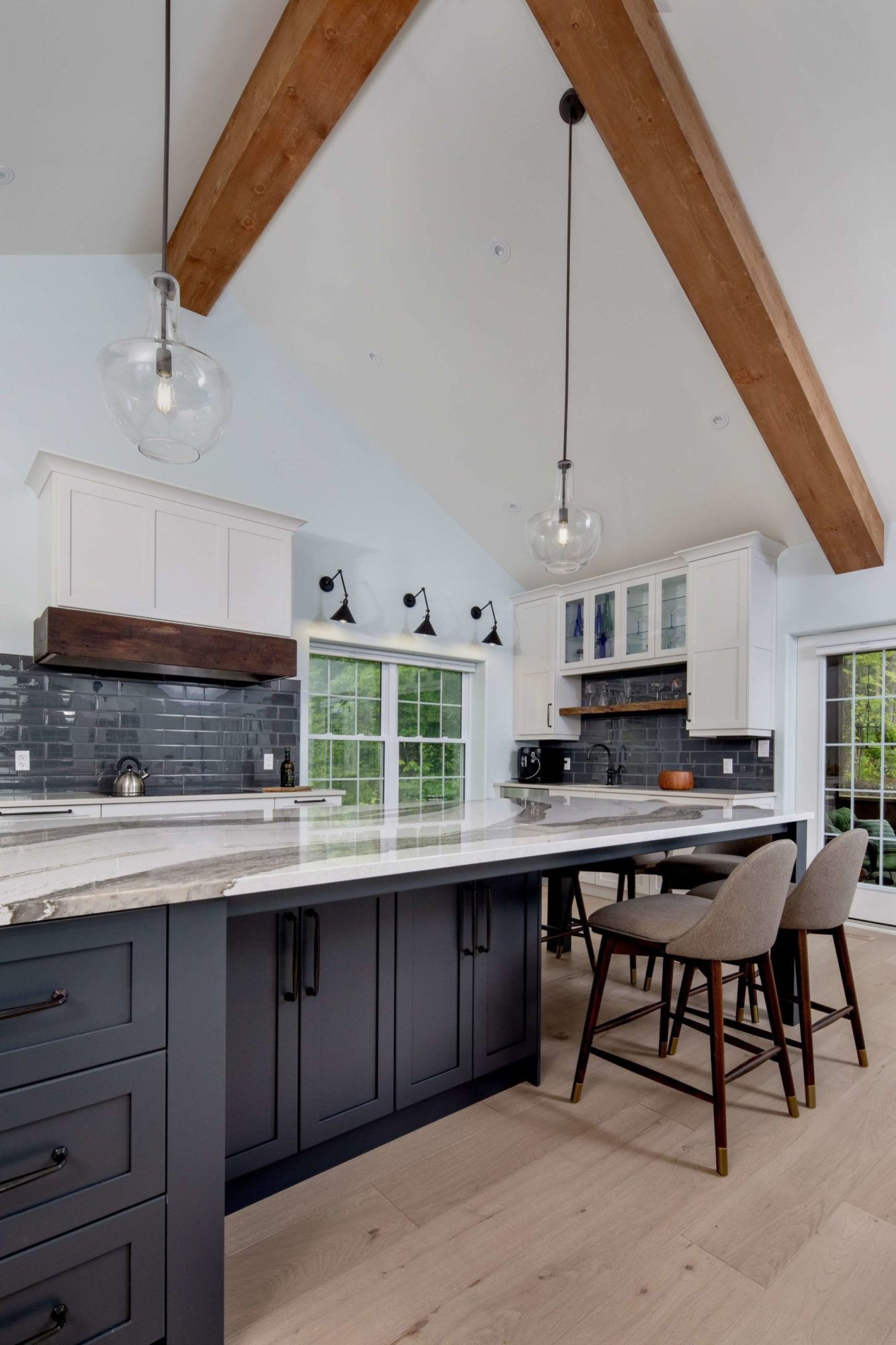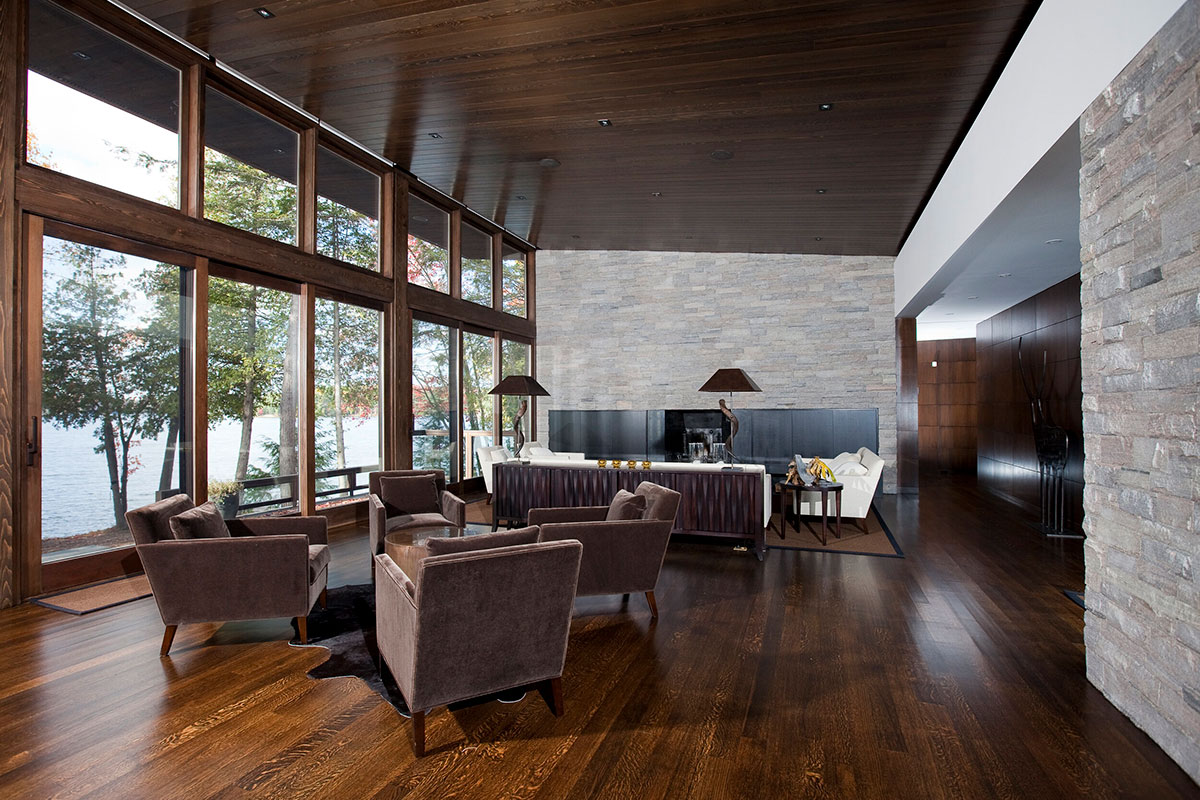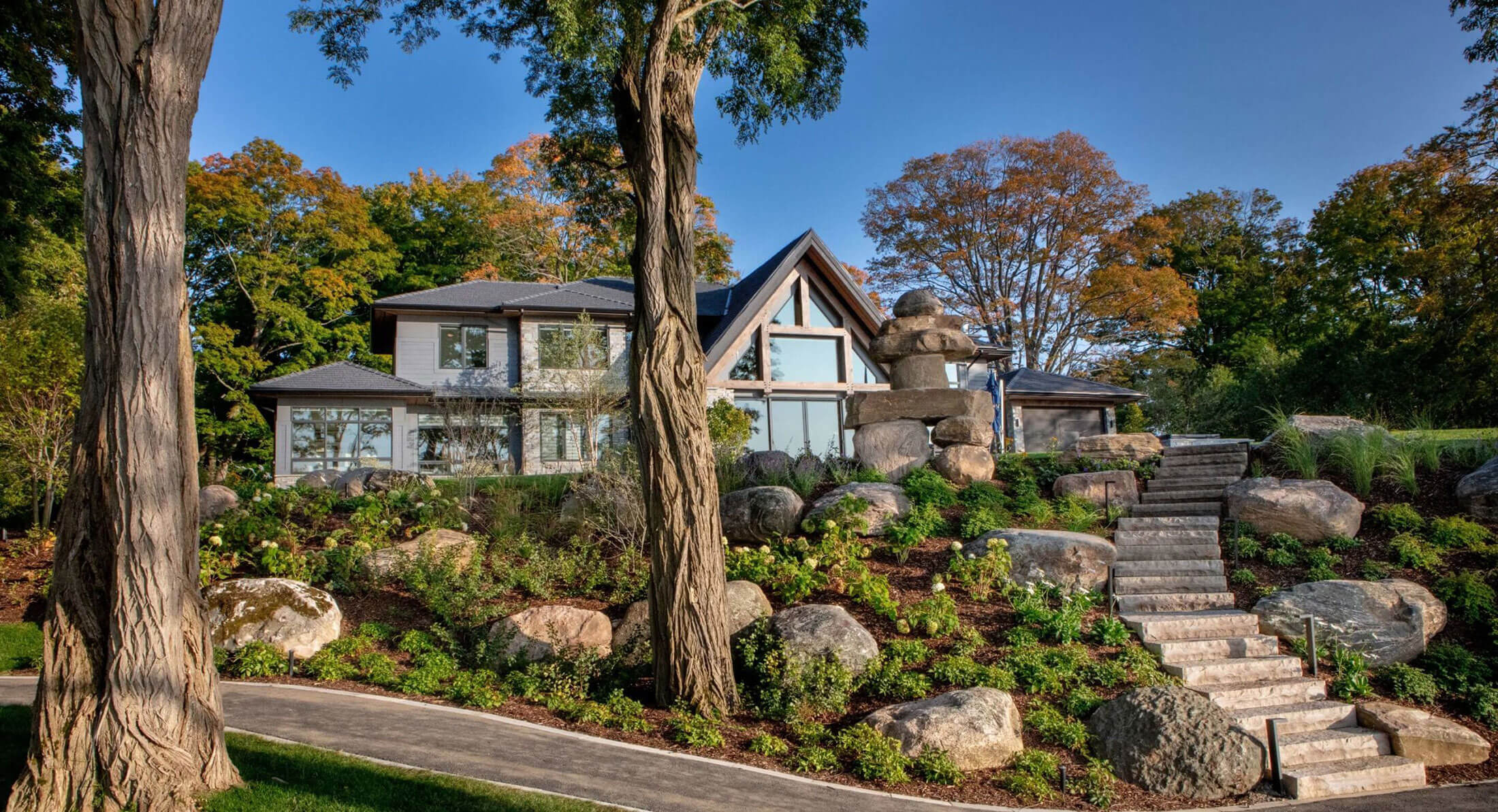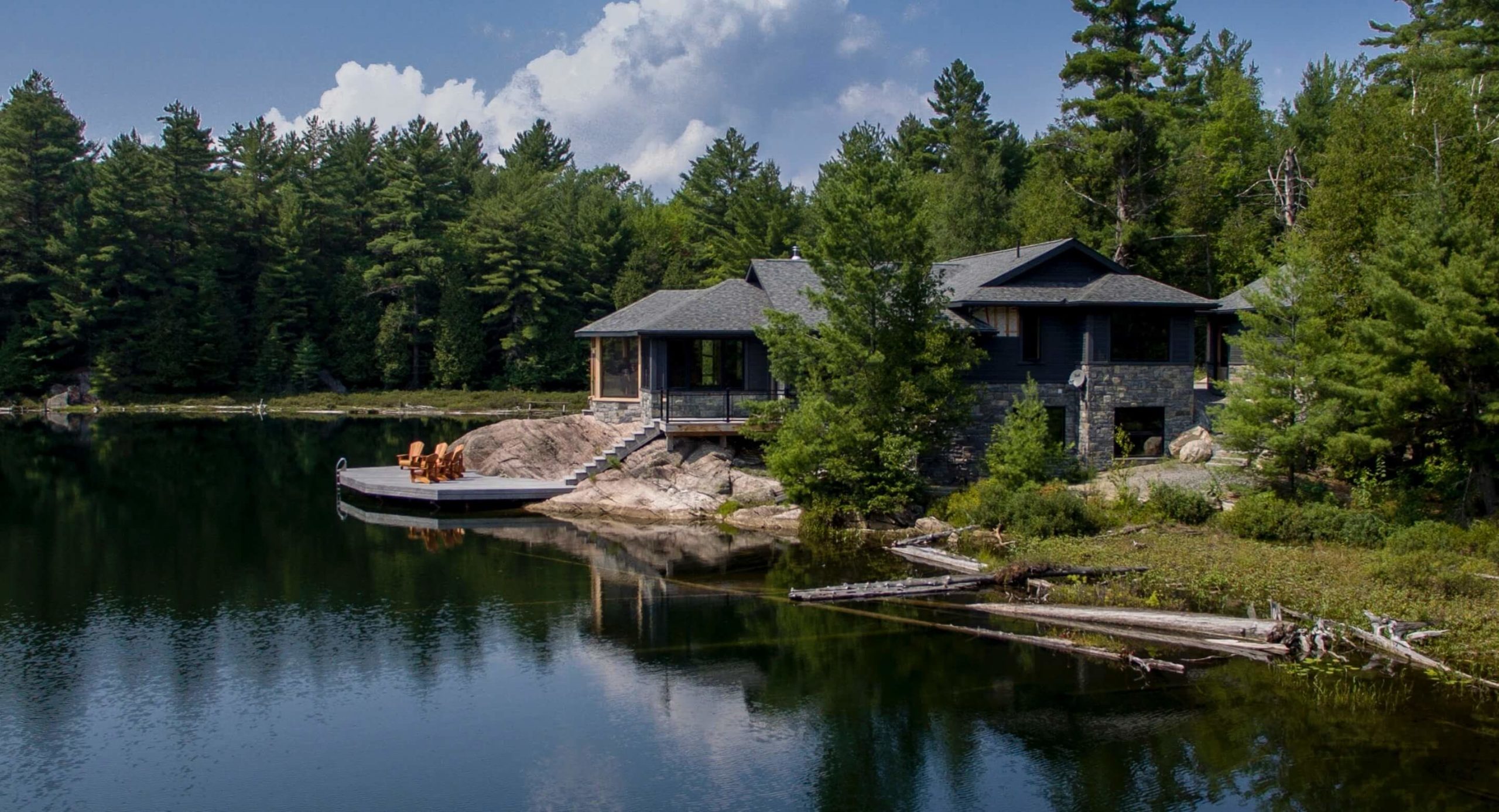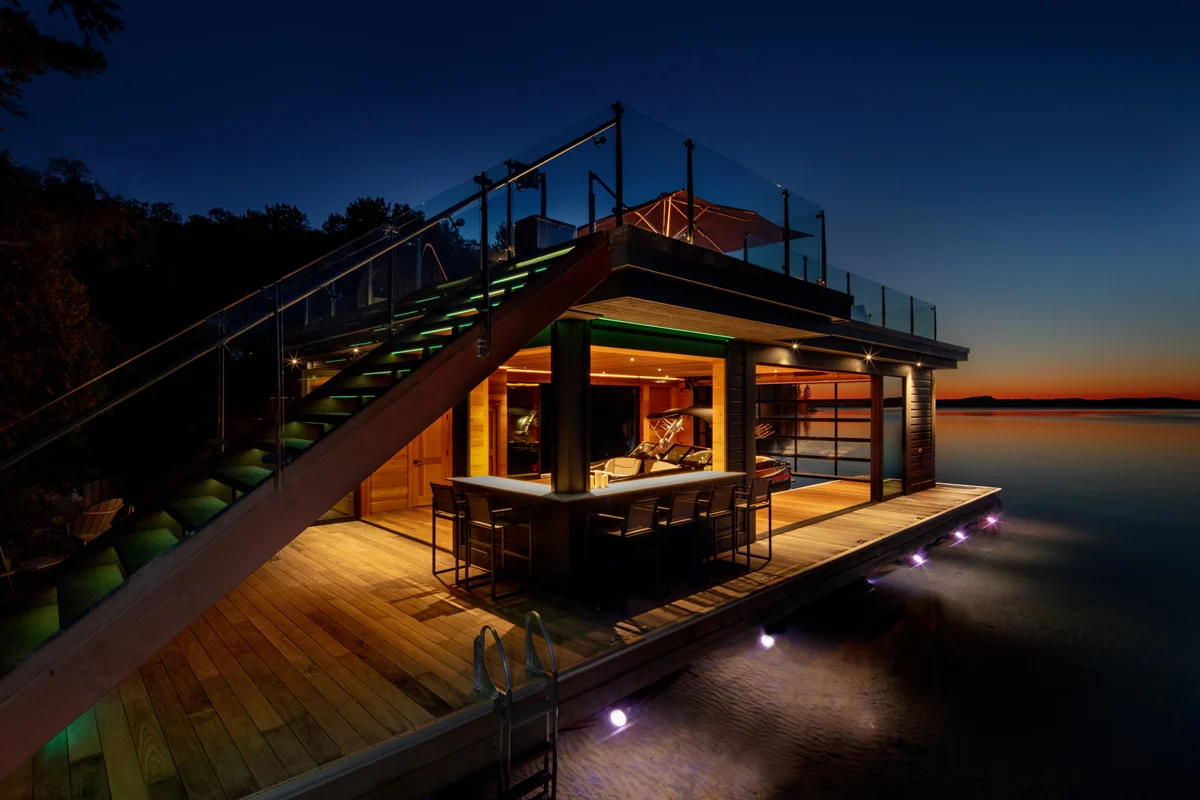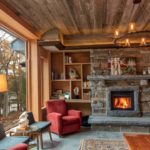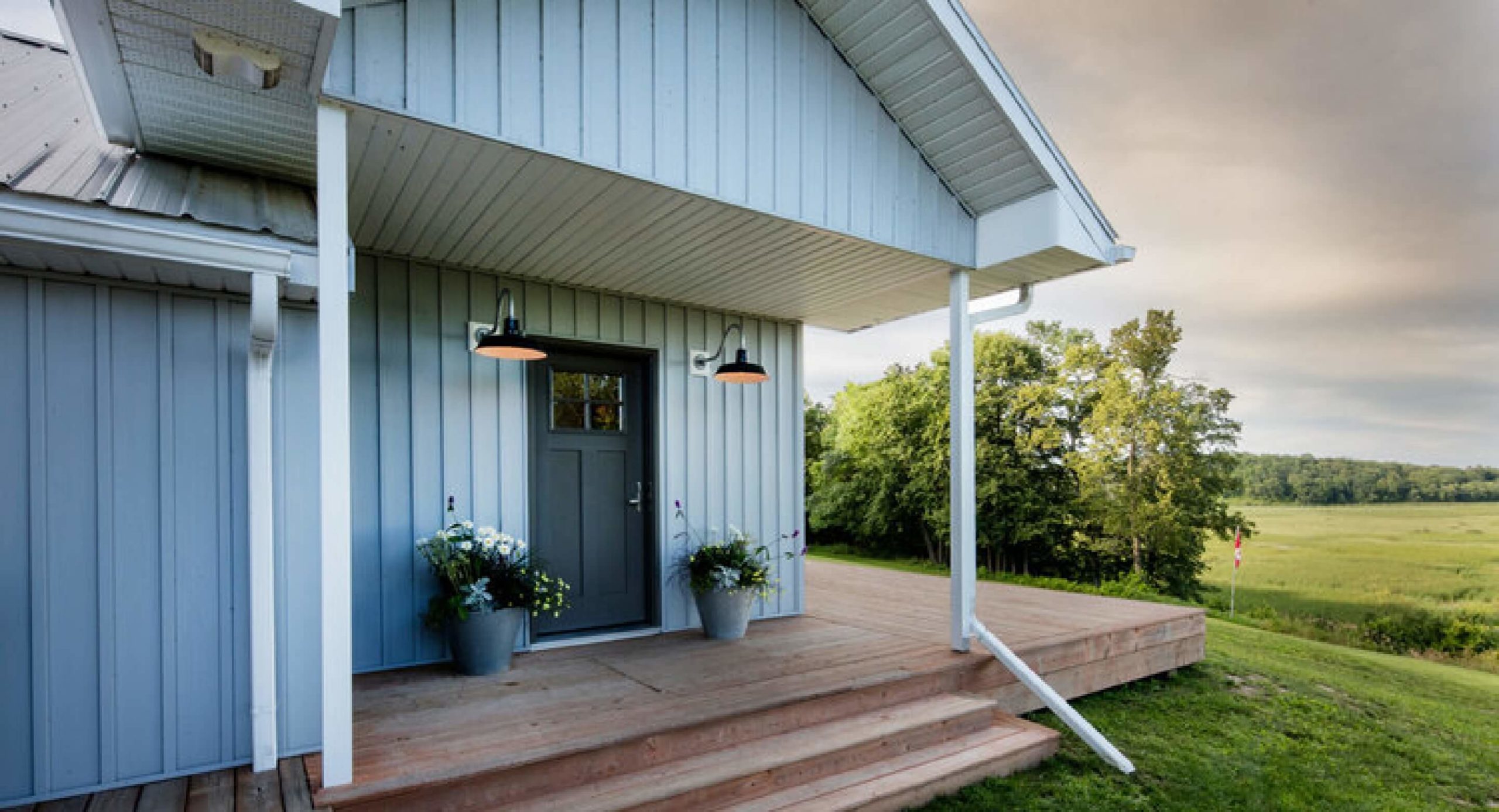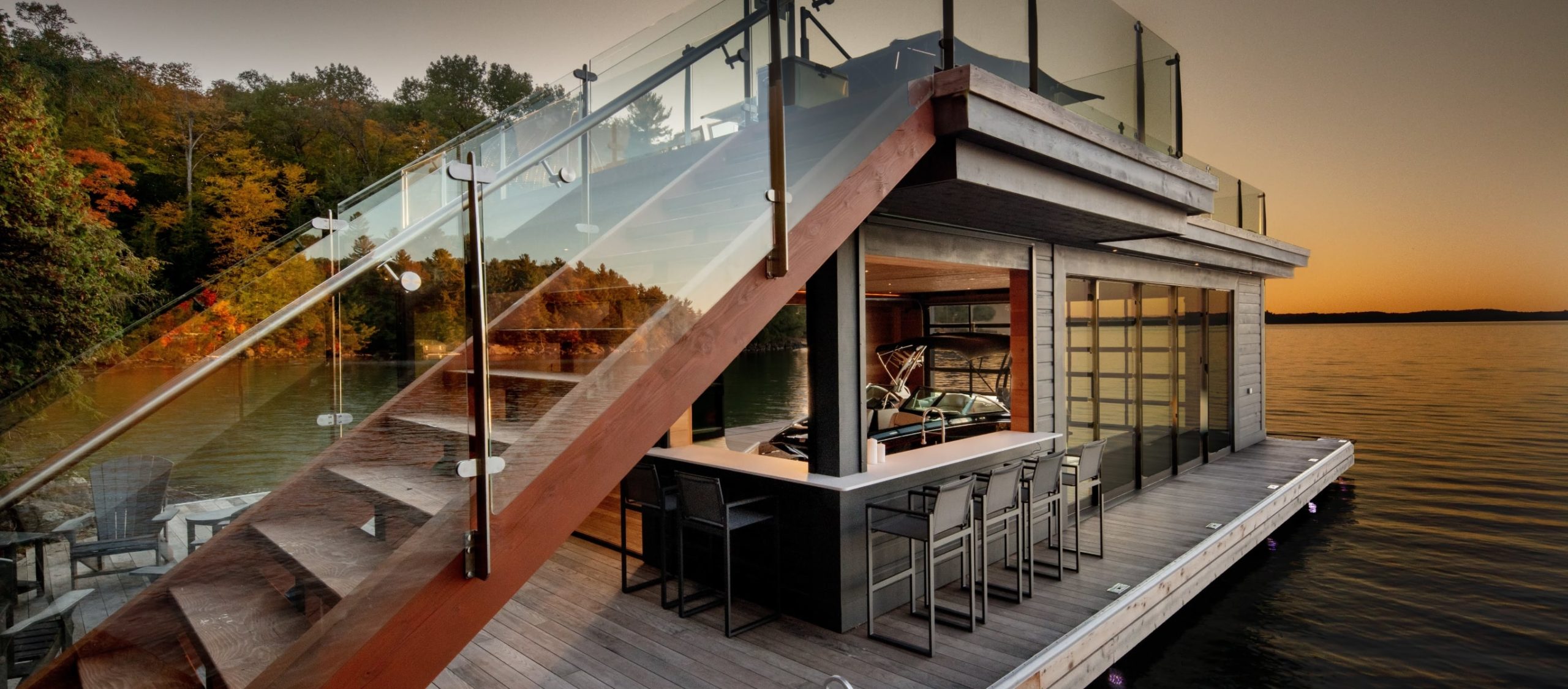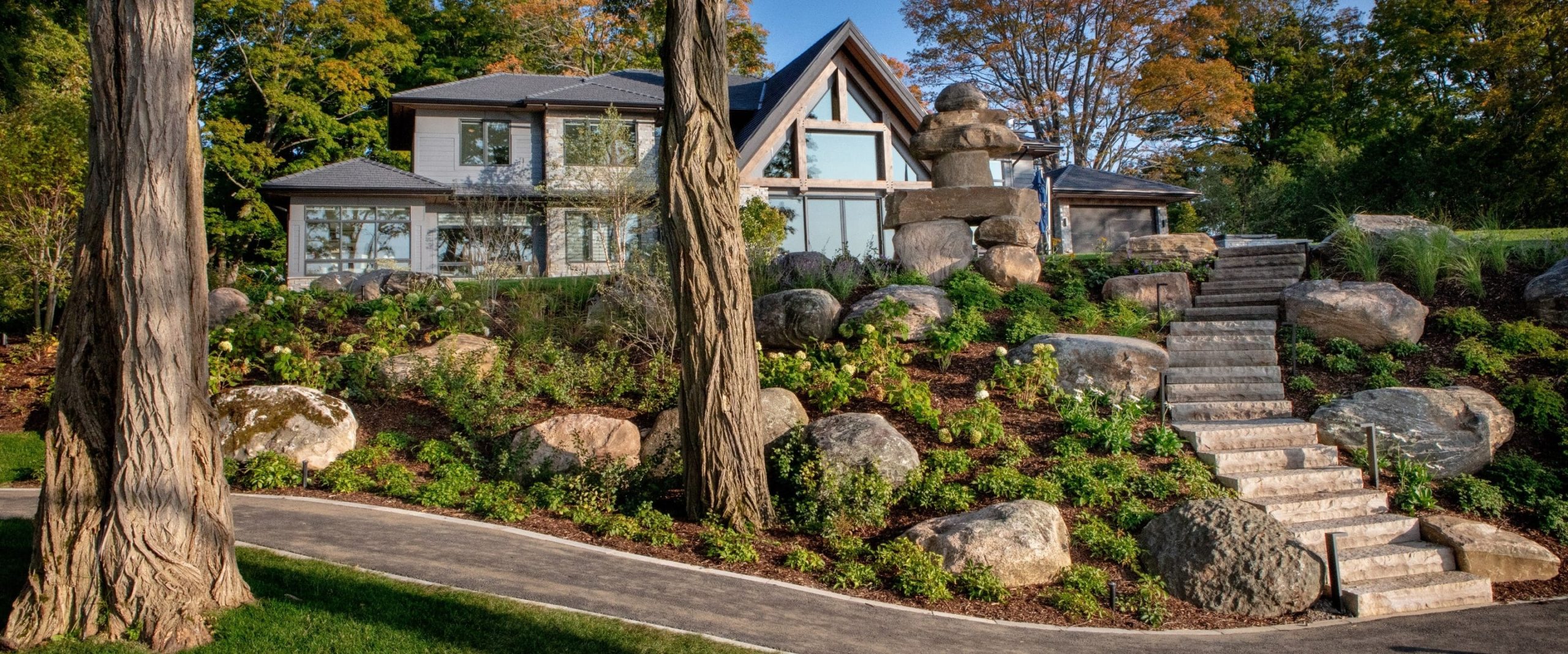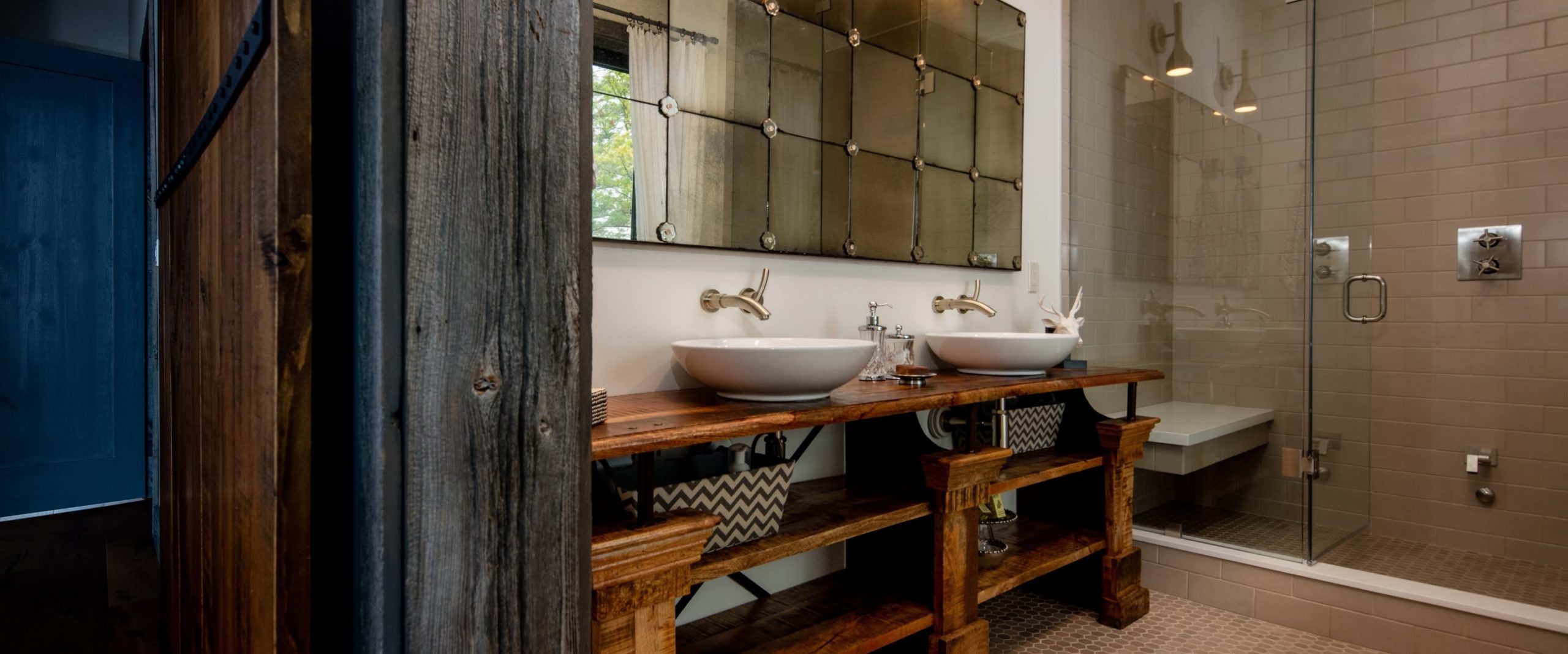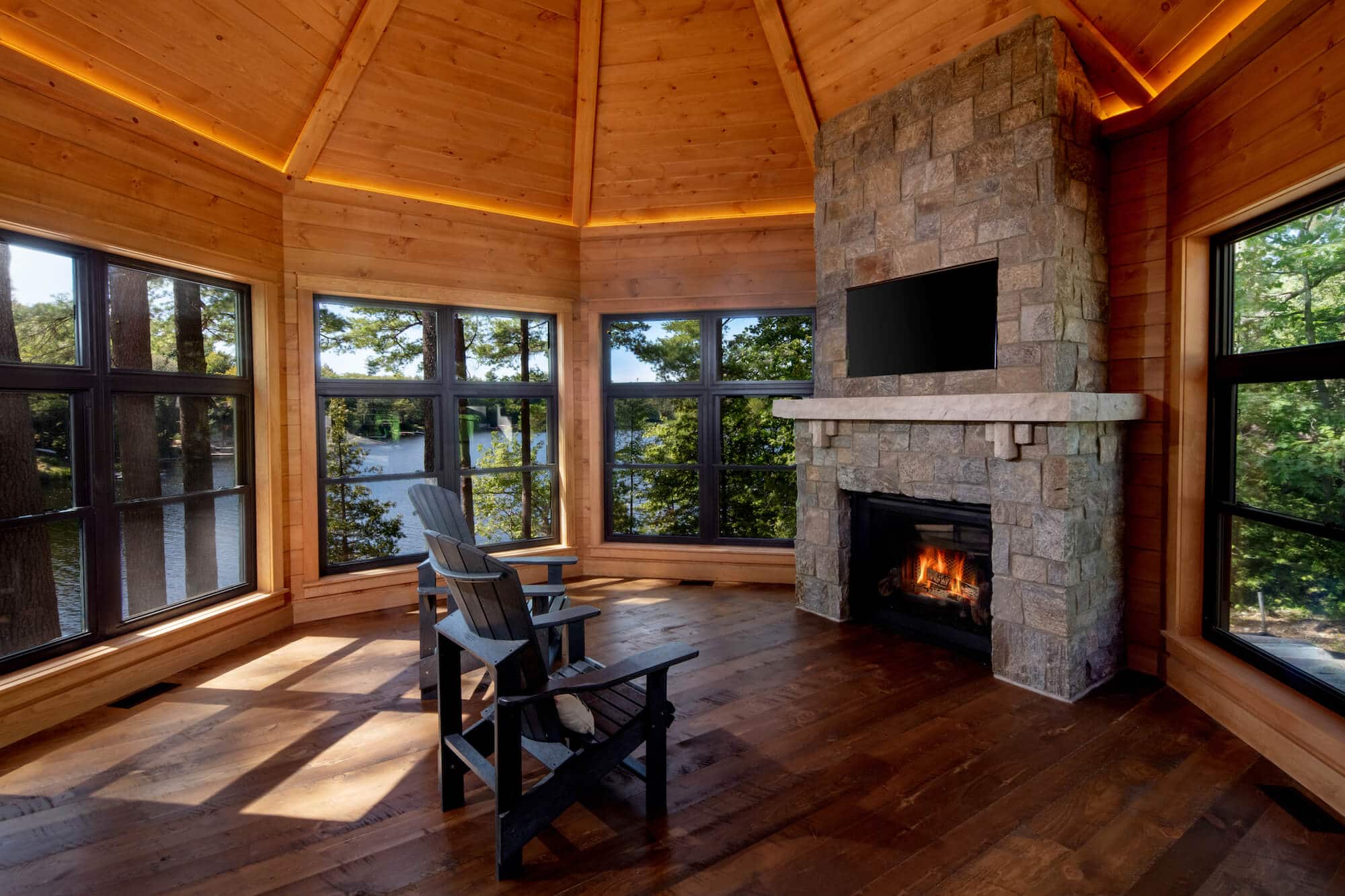How seasonality affects your new home build
In this part of the world, we are very used to planning around, and for, the change of season. Much like we would buffer an extra 20 minutes in the morning to clear snow in the winter, design-builders know that each season presents variables to timelines and construction.
Here’s how each season affects your new home build:
Winter
Winter is the perfect time to schedule interior work or plan for a project to start in the spring. Exterior work can be done, but weather will become a determining (and often unreliable) factor in the speed of completion. A high winds day or a large amount of precipitation will present issues to construction crews, so it isn’t the ideal season to work outdoors. In fact, sometimes, weather will force crews to come to a complete halt, for example, if your home or cottage is being built on an island – work can only begin once the ice is safely frozen and is limited once it starts to melt.
Spring
Spring is the most typical (and ideal) time of year to start new build projects. We estimate that for an 1800-2000 square foot home, starting in the spring means that the build is complete by the following Christmas. One of the challenging factors is waiting for the half load period to end. The term half load refers to the enforced regulation that full loads (such as large excavating equipment and concrete trucks) are reduced to half loads while traveling on soft roads as the frost thaws. This limits and delays the delivery of large equipment and full loads of concrete to the work site. Usually, this clears at the end of May, which can affect project start times and schedules.
Summer
Summer months are the absolute optimal peak of construction output. Longer days mean that crews can get more completed in a day. Warm weather with very little variables provides the best climate to work with any type of material. For these reasons, most of the exterior heavy lifting (such as framing, pouring a foundation, roofing, etc.) is scheduled for the summer.
Autumn
The fall is also considered a peak time for builders. In fact, many cottagers prefer to start their builds or remodels in the fall after enjoying the entirety of the summer season. If preparation is complete and permits have been acquired, builders can get right to work closing in before winter hits – then the work can be continued indoors. Depending on the type of weather in any given year, foundations can be poured well into the fall and even winter months. There are concrete additives that can keep it from freezing and covering with straw or insulated tarps will help to protect it from the elements. A foundation should not be poured and then left unprotected over the winter because it can damage the integrity of the concrete, and ultimately, the entire build.



